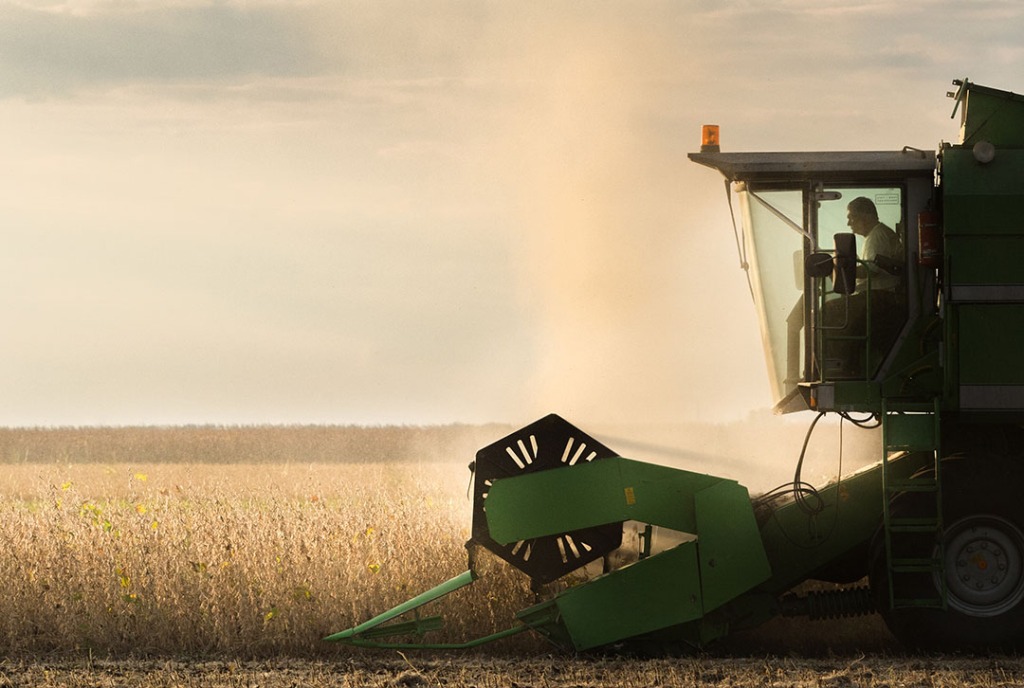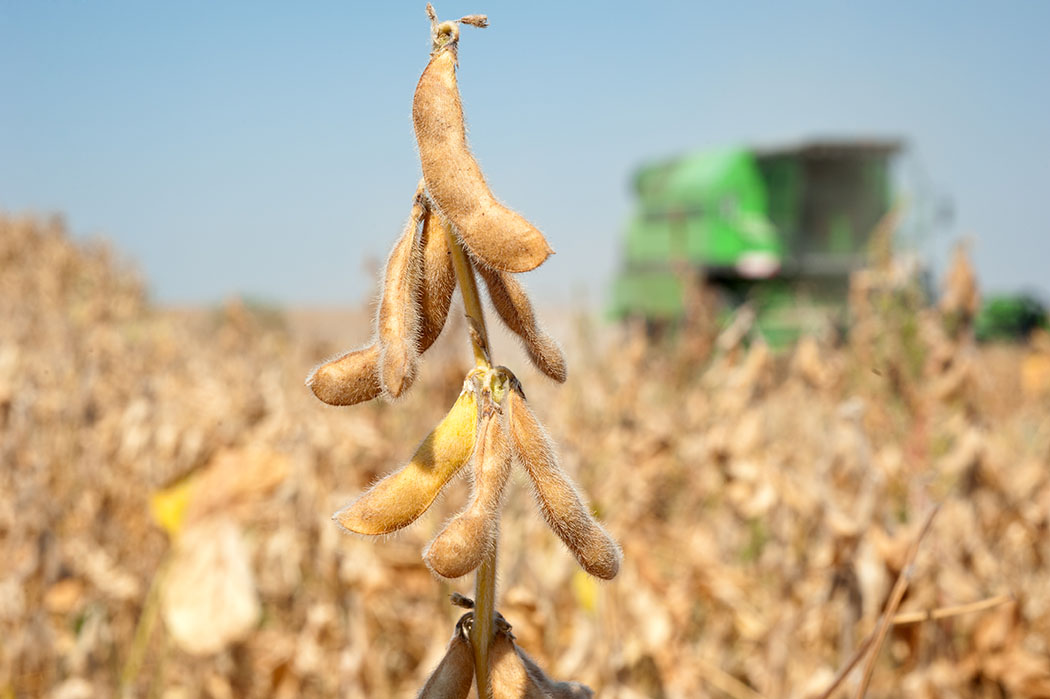Soybean harvesting plays a vital role in the agricultural industry, providing a valuable crop for various purposes. However, as we strive to meet the increasing global demand for soybeans, it is essential to prioritize sustainable practices that minimize environmental impact and promote long-term sustainability. In this article, we will focus on sustainable soybean harvesting practices with a specific emphasis on environmental considerations for John Deere and Case combine operators, who play a crucial role in the soybean production process.
- Reducing Soil Compaction: Soil compaction is a significant concern during soybean harvesting as heavy machinery exerts pressure on the soil, leading to reduced soil health and productivity. To minimize soil compaction, combine operators should consider the following practices:
- Maintain optimal tire pressure: Ensure that tires are inflated to the recommended pressure levels. Properly inflated tires distribute weight more evenly, reducing the risk of soil compaction.
- Avoid unnecessary field passes: Plan the most efficient harvesting routes to minimize the number of passes over the field. This reduces the overall compaction impact on the soil.

- Minimizing Fuel Consumption: Reducing fuel consumption not only contributes to cost savings but also helps mitigate greenhouse gas emissions. Combine operators can adopt the following measures to minimize fuel usage:
- Optimize machinery settings: Adjust combine settings to match crop conditions and optimize harvesting efficiency. Proper calibration and maintenance of equipment can significantly reduce fuel consumption.
- Combine harvesting routes: Plan the most efficient routes to minimize the distance traveled by the combine, reducing fuel consumption during soybean harvesting.
- Managing Residue: Residue management is crucial for soil health and erosion prevention. Combine operators can implement the following practices to manage residue effectively:
- Spreading residue evenly: Utilize combine equipment features to evenly spread crop residue across the field. This promotes organic matter decomposition and nutrient recycling.
- Incorporating residue into the soil: Consider using tillage equipment to incorporate residue into the soil, enhancing soil structure and moisture retention capabilities.
- Adopting Conservation Practices: Promoting conservation practices in soybean harvesting is essential for long-term sustainability. Combine operators can contribute by implementing the following practices:
- Crop rotation: Incorporate diverse crops into the rotation cycle, such as cover crops, to enhance soil fertility, reduce pests, and prevent diseases.
- Water management: Optimize irrigation practices by utilizing efficient irrigation systems and monitoring soil moisture levels. Proper water management helps conserve water resources and minimize runoff.
Furthermore, combine operators can also collaborate with farmers, agronomists, and conservation organizations to stay updated on the latest sustainable practices and research. Sharing knowledge and experiences can lead to the adoption of innovative techniques that benefit both the environment and soybean production.
In conclusion, sustainable soybean harvesting practices are crucial for maintaining the long-term viability of soybean production while minimizing the environmental impact. John Deere and Case combine operators have a significant role to play in promoting sustainability by reducing soil compaction, minimizing fuel consumption, managing residue, and adopting conservation practices. By implementing these practices, we can ensure that soybean production continues to thrive in a sustainable manner, benefiting both the agricultural industry and the environment for generations to come.
